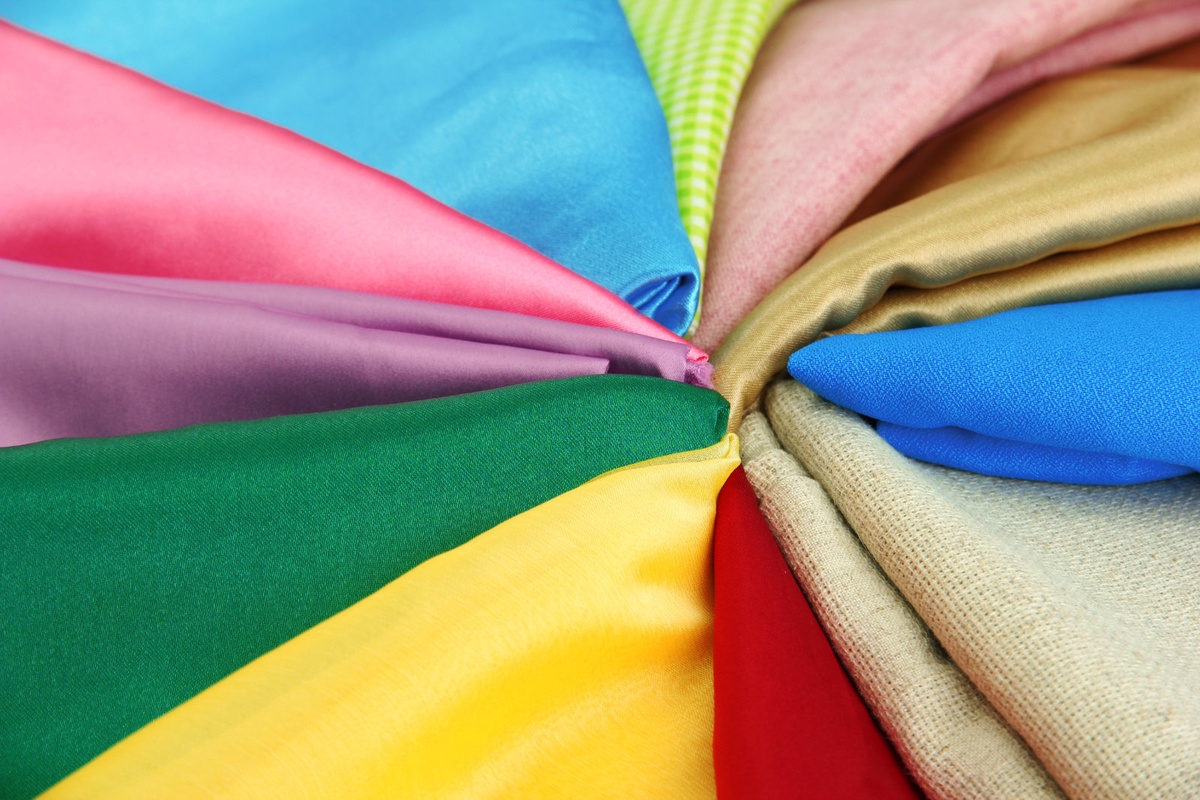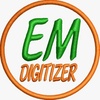Embroidery digitizing is a meticulous art form that requires careful consideration of various factors to achieve optimal results. Among these considerations, the type of fabric plays a crucial role in determining the final appearance and quality of the embroidered logo. Understanding the characteristics of different fabric types and how they interact with the digitizing process is essential for any embroiderer striving for excellence. In this article, we'll delve into the world of fabric types in logo digitizing, exploring their impact on design, stitch density, and overall embroidery outcome.
Introduction to Fabric Selection
Selecting the appropriate fabric is the foundation of successful logo digitizing. Each fabric type possesses unique properties that influence how stitches are formed, how colors appear, and how the design holds up over time. Factors such as thread tension, stitch density, and stability can vary significantly depending on the fabric's composition and structure.
Cotton: A Staple for Versatility
Cotton is a widely used fabric in embroidery due to its versatility and availability. Its smooth texture allows for crisp, clean stitches, making it suitable for intricate designs and fine details. Cotton's natural fibers absorb dye well, resulting in vibrant colors that pop against the fabric background. However, embroiderers should be mindful of cotton's tendency to shrink and distort when exposed to heat or moisture, necessitating pre-treatment and careful handling during the digitizing and stitching process.
Polyester: Durability and Performance
Polyester fabric offers exceptional durability and resistance to wrinkles, making it an ideal choice for embroidery logo digitizing intended for garments subjected to frequent wear and washing. Its synthetic composition provides stability and minimal shrinkage, ensuring that the embroidered design retains its shape and clarity over time. When digitizing logos for polyester fabrics, consider adjusting stitch density and tension settings to achieve optimal results, as polyester's smooth surface may require slightly different parameters compared to natural fibers like cotton.
Canvas and Denim: Textured Surfaces for Artistic Expression
Canvas and denim fabrics introduce texture and dimensionality to embroidered logos, creating a visually appealing contrast between the raised stitches and the fabric background. These heavier-weight materials offer excellent stability and resistance to distortion, allowing for more intricate designs and bolder color choices. When digitizing logos for canvas or denim, emphasize stitch directionality and density to enhance the texture and ensure adequate coverage on the rougher surface.
Performance Fabrics: Meeting the Demands of Active Lifestyles
Performance fabrics, such as nylon, spandex, and moisture-wicking blends, are designed to withstand rigorous activities and environmental conditions. Logo digitizing for performance apparel requires careful consideration of stretchability, breathability, and moisture management to ensure optimal comfort and functionality. Utilize specialized embroidery techniques and stabilizers tailored to the unique properties of performance fabrics, ensuring that the design maintains its integrity and performance-enhancing features.
Specialty Fabrics: Exploring Unique Embroidery Opportunities
Specialty fabrics, such as velvet, satin, and leather, offer distinct textures and finishes that can elevate the visual impact of embroidered logos. When digitizing logos for specialty fabrics, adjust stitch lengths, densities, and underlay techniques to accommodate the material's unique characteristics while preserving the design's clarity and definition. Experiment with metallic threads, appliqué, and other embellishments to enhance the luxuriousness and sophistication of the embroidered logo.
Conclusion: Elevating Your Embroidery Craftsmanship Through Fabric Mastery
In the realm of logo digitizing for embroidery, fabric selection serves as a canvas for artistic expression and technical precision. By understanding the unique properties of different fabric types and tailoring your digitizing approach accordingly, you can unlock endless possibilities for creating captivating and enduring embroidered logos. Whether you're working with classic cotton, rugged denim, or high-performance textiles, mastering the interplay between fabric and digitizing techniques is essential for achieving embroidery excellence. So, next time you embark on a logo digitizing journey, remember to choose your fabric wisely—it's the foundation upon which embroidery masterpieces are built.


No comments yet